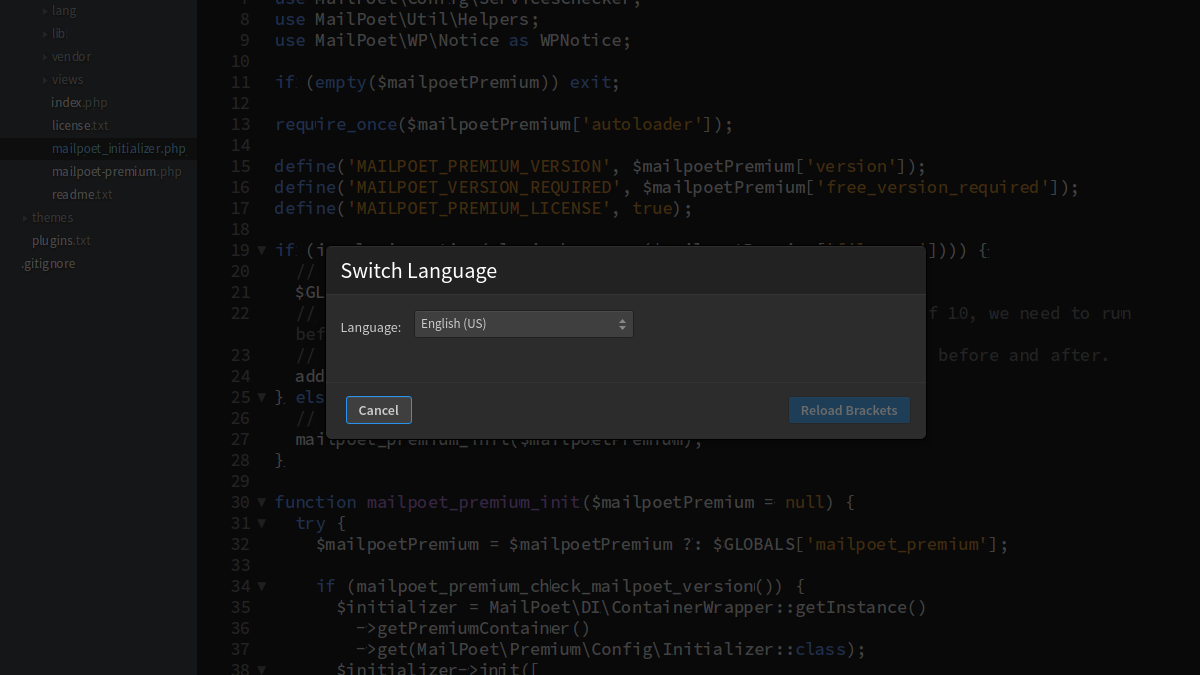


Please expand the next section if you are just interested in a quick summary of Nano keyboard shortcuts. I will also include a downloadable PDF cheat sheet at the end of the article so that you can refer to it for practicing and mastering Nano editor commands. In this beginner’s guide, I’ll show you how to use the Nano text editor. Though it is less complicated to use than the likes of Vim and Emacs, it doesn’t mean Nano cannot be overwhelming to use. However, if you like the sound of this software and want to try it out for yourself, but don’t want to use this PPA OR don’t use Ubuntu, then the downloads can be found here.Īnd, for any of my readers who use Arch Linux, Arch Linux users can install Brackets via AUR: stable | git.Nano is the default terminal-based text editor in Ubuntu and many other Linux distributions. To get this PPA added and install Brackets this way, simply run the following: sudo add-apt-repository ppa:webupd8team/brackets Web UPD8’s Andrew (or rather, Alin Andrei) has created a PPA that allows you to install and update Brackets natively in Ubuntu, like most other software.

Thus, every time there is a new version (which happens fairly often, usually ever 2 1/2 weeks or so,) you have to go and manually download the new version, and update it from that. While this software is insanely great, I use it for all my web-development now, it is a bit of a pain to keep updated, as it lacks an auto-updater. There is also a bug where you have to click Close twice to get it to exit. Released in August of 2013, the version of this software for Linux has been on-par with its class-mates on Windows and Mac, though it does still have a few minor quirks, like the fact that it takes its own theme, instead of inheriting the system’s. Here’s a video, albeit a bit outdated, that provides a basic introduction to Brackets and its features:

A slick, intuitive interface combines with good core mechanics, along with a raft of features, like over 100 extensions accessible right from within a built-in Extension Manager, live-preview which allows you to see the changes you make right away – no reloading the page any more, quick-edit that allows you to edit the CSS for the current tag without changing files, and more. It was originally created by Adobe, but is now community-developed, and it is an insanely well-done job.


 0 kommentar(er)
0 kommentar(er)
